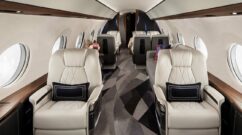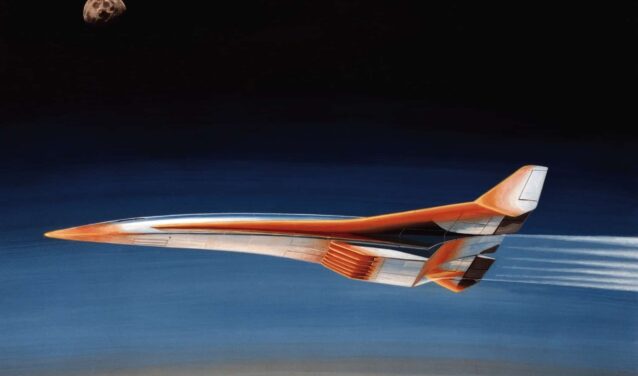What is a supersonic aircraft ? Did you know that a supersonic aircraft is an aircraft that can fly faster than the speed of sound (Mach 1)? What do you know the history of supersonic aircraft ? Find out everything you ever wanted to know about supersonic aircraft in this article.
The history of supersonic aircraft
The Cold War as the origin of the supersonic aircraft :
The Cold War was a favourable period for technological development. In addition to the space race between the United States and the Soviet Union, the Soviets were competing with two other Western militaries, France and Britain.
The aim of this race was to build a civilian supersonic transport (SST) aircraft, which in France was known as Concorde.
Key dates in the development of supersonic aircraft around the world :
In 1956, France and Great Britain started working on a project and joined forces in 1962. The first Concorde flew in 1969 and entered commercial service seven years later.
The first supersonic aircraft flew in Russia in 1968: the Tupolev Tu-144.
As for the United States, it was in 1966 that the Federal Aviation Administration selected Boeing to build the American SST, the High Speed Civil Transport (HSCT). However, President Nixon cancelled the project in 1971 because it was too expensive.
Concorde successes and failures :
Why was Concorde the only commercial aircraft ?
In 1978, the Tu-144 was left behind after two serious accidents. Since then, the Franco-British Concorde has become the only commercial aircraft, capable of crossing the Atlantic in three hours at speed exceeding Mach 2. The Concorde is a technical success.
The disasters of Concorde :
Despite having its glory days, The Concorde was also an economic and ecological disaster.
Its 4,000-mile range prevents it from operating potentially lucrative routes such as Los Angeles-Tokyo and Los Angeles-Sydney.
The exhaust gas also contains nitrogen oxides, which seriously damage the ozone layer.
How much does a seat on a supersonic aircraft like Concorde cost?
According to British Airways, the minimum operating cost is $1814 per seat.
A return ticket from New York to London costs $8,729, while an economy ticket for the 747 costs only $300 for the same journey.
The causes of the decommissioning of supersonic aircraft and attempts to revive them :
The Concorde, a Franco-British aircraft that entered service in 1976, was grounded in 2003 due to lack of profitability and the Gonesse disaster.
The Soviet Tupolev Tu-144, which entered service in 1975, retired in 1978 after only 102 regular flights.
As for the Concorde of the future, Ouverture, it should carry 55 passengers over a distance of 8,000 km by 2030.
Supersonic aircraft of the future
With the end of Concorde’s career in France 17 years ago, no more supersonic jets have crossed the planet.
Since then, some companies have been looking forward to revive these well-known aircraft by trying to fix their main flaw : high fuel consumption.
These companies are :
- Aerion, whose project was cancelled in May 2021 due to lack of funding.
- Boom Supersoinc, which has presented another prototype
- Virgin Galactic has been working on its own aircraft for many years.
XB-1: the only real future for Concorde
The manufacturer Boom Supersonic, announced on Wednesday 7 October 2020, the launch of the XB-1.
Although the first tests are scheduled for 2021, the current CEO Blake Scholl, acknowledges a delay, but assures that all tests are working and going well.
The XB-1 aircraft should be able to carry 65 to 88 passengers, and to fly from Paris to Montreal in 3 hours and 45 minutes. However, it will probably take another 10 years before it is put in use.
The supersonic aircraft, despite its stormy past, has a promising future. It could be back in service in the years to come.






